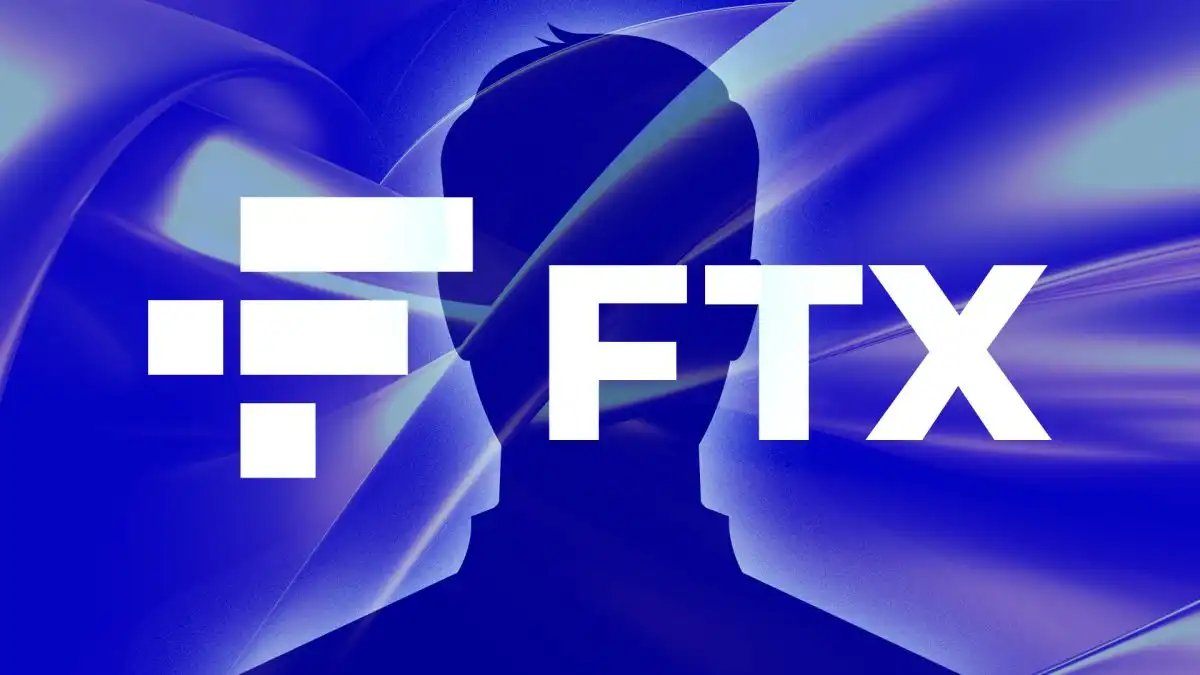Top 5 Common Pitfalls in Oracle Cloud Financial Implementations and How to Avoid Them
\ The adoption of Oracle Cloud Financials can radically transform the financial activity in an organization to provide real-time status, new levels of compliance, and smooth procedures. However, as it happens when dealing with the platform of such magnitude, a significant proportion of the organizations finds it challenging to cope with the unforeseen obstacles that hinder the process or make the anticipated returns jeopardized. Such obstacles are frequently the result not of the technology at work but of the lack of planning, communication and preparation. In such a fast paced business world finance teams are forced to report precisely, be compliant, manage cash flows and cost controls. The needs can be met by Oracle Cloud Financials, and without sufficient preparation, implementation may prove expensive and ineffective. Unclear requirements, deficient data management and change management are some of the usual impediments that may force organizations to miss the much value of system. Understanding these pitfalls and learning how to navigate around them isn’t just a matter of technical proficiency—it’s about fostering collaboration, anticipating challenges, and taking proactive steps to ensure that the system works for the people using it, rather than the other way around.
1. Poor Requirement Analysis
Delays in implementation are common and this is mainly caused by the fact that teams initiate system configuration processes without understanding the needs of the organization. Workflows, reporting requirements, and regulations are always different in each organization, and these issues cannot be overlooked, as they will result in an effective but technically well-implemented system. Conducting end-to-end workshops with finance, operations, IT and stakeholders to layer the processes, pain points and reporting requirements allows aligning with business strategies. Capturing workflows and exception processes at the halfway stage saves time and avoids rework which comes to be costly.
2. Poor Data Migration Planning
Migration of historical financial information is frequently one of the most underappreciated issues of any cloud initiative. Some of the most common problems of organizations include lack of uniformity of forms, missing records, and redundant records. All these issues may induce errors in financial reports and problems with audit without proper planning. It is critical to formulate a well-organized data migration plan at an early stage. This involves intensive data cleansing, well defined, mapping of legacy data to Oracle cloud architecture, and pilot migration to know possible roadblocks.
3. Low estimation of Change Management
The most advanced system of finance cannot be used effectively without the appropriate usage of it by people. Abstracted efforts, or apathy towards new workflow, or fear of tepid may make ROI into your implementation a disaster. A powerful change management system can enable the teams to readjust. Offering job specific training, policy manuals and practical workshops gives confidence in the new system. It makes adoption less imposing and more productive as the user feedback encouragement and pain point address enable it faster.
4. Neglecting Integration Requirements
Oracle Cloud Financials seldom operates on its own. The failure to consider integration with other systems such as ERP, HR, procurement, or third-party systems tends to result in manual data, lack of efficiency, and errors. by listing all dependencies between systems early in the process you will be able to map data flows, integration points, and automation requirements. Engagement of Oracle Integration, API, and middleware tools allows communicating various platforms without any faults, maintaining the smooth-going process in the enterprise.
5. Overlooking Post-Go-Live Optimization
Most of the organizations invoke go-live as the finishing point, yet the process of system adoption and optimization goes much further than the stage of deployment. By neglecting this step an organization may find itself in a situation where its capabilities are not fully used, or there are inefficiencies and lost opportunities to make reporting or automation better. One of the strategies is to conduct a post-go-live review process enabling the monitor of performance, key figures and areas of workflow weaknesses. Frequent analysis of any analytics and reporting will enable continued optimization and guarantee that the system will match the development of the organization. This is proactive management that helps the financial platform to be in line with strategic priorities and value maximization in the long term. Final Thoughts Oracle Cloud Financials is a powerful platform capable of transforming finance operations, but it’s not magic—it won’t automatically fix messy spreadsheets, late approvals, or your CFO’s love for panic emails at 5 PM on a Friday. Aware of the most likely pitfalls and potential prevention, you can minimise frustration, boost adoption and ensure that you and the rest of the team are not working against the system. Consider this example: implementing Oracle Cloud Financials without planning is like giving a Formula 1 car to someone who’s never driven before—it has all the horsepower you need, but if you don’t know where the pedals are, you’re going to end up in the ditch. Plan carefully, train thoroughly, and keep optimizing, and that high-speed financial engine will turn into a smooth, reliable ride.
\
:::tip This story was distributed as a release by Sanya Kapoor under HackerNoon’s Business Blogging Program.
:::
\
También te puede interesar

ADA Chart “Never Looked This Good,” Analyst Says

FTX Warns Users of Ongoing Phishing Campaigns Amid Bankruptcy Distributions
